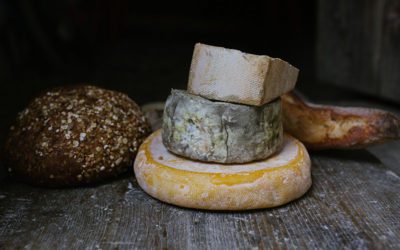Linda Wechsler, author of this post, is a Food Processing Industry Consultant at Oregon Manufacturing Extension Partnership (OMEP). Linda collaborates with food industry experts, professional organizations, state and federal institutions and educational programs to analyze unmet needs and bring companies lasting solutions. She works to help develop and grow the food industry in the state of Oregon.
The Institute of Food Technologists (IFT), a national organization for food scientists and professionals, published an infographic video documenting the usage of water in the food and beverage processing industry.
IFT reports that as of June 2015, 70% of global water is used for agricultural purposes and 19% is used for industrial purposes. This leaves only 11% of water for municipal purposes. This high demand for water to produce food will be impacted further by exponential population growth and the need to feed people.
Developing countries will increase their water usage by 50% by year 2025. It is estimated that this will result in 1.8 billion people living in a state of water scarcity. Meat (beef, pork, chicken) and chocolate processing require the most amount of water, with respective water footprints of 25,728 Liters/kg and 17,196 Liters/kg. The phrase ‘like water for chocolate’ may take on a whole new meaning by 2025.
Since water is such a scarce commodity, and most foods have high water content, the concern over water usage in food processing is a very real one. As the cost of water rises, so does the cost of food. So what are food and beverage processors doing about water scarcity?
Many are looking to new technologies to help reduce or reuse the water they use in processing. Current technologies include ion exchange, reverse osmosis membranes, ultrafiltration membranes and biological treatments to remove solids from water to make it reusable.




